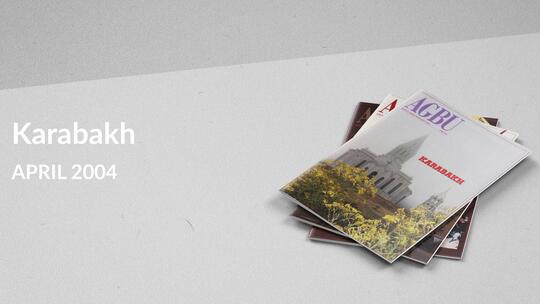by Vahan Ishkhanyan
Kashatagh may be the only region of "two Armenias" where there are no magnificent villas or foreign cars. As one resident said, there are no rich or poor here and all are equal.
Outsiders still know it as Lachin, famous for the corridor that was the hard-won link between Armenia and Karabakh, gained during fierce fighting in 1992. But to the locals, this area retaken from Azerbaijan and made the sixth region of Karabakh has regained its ancient name.
